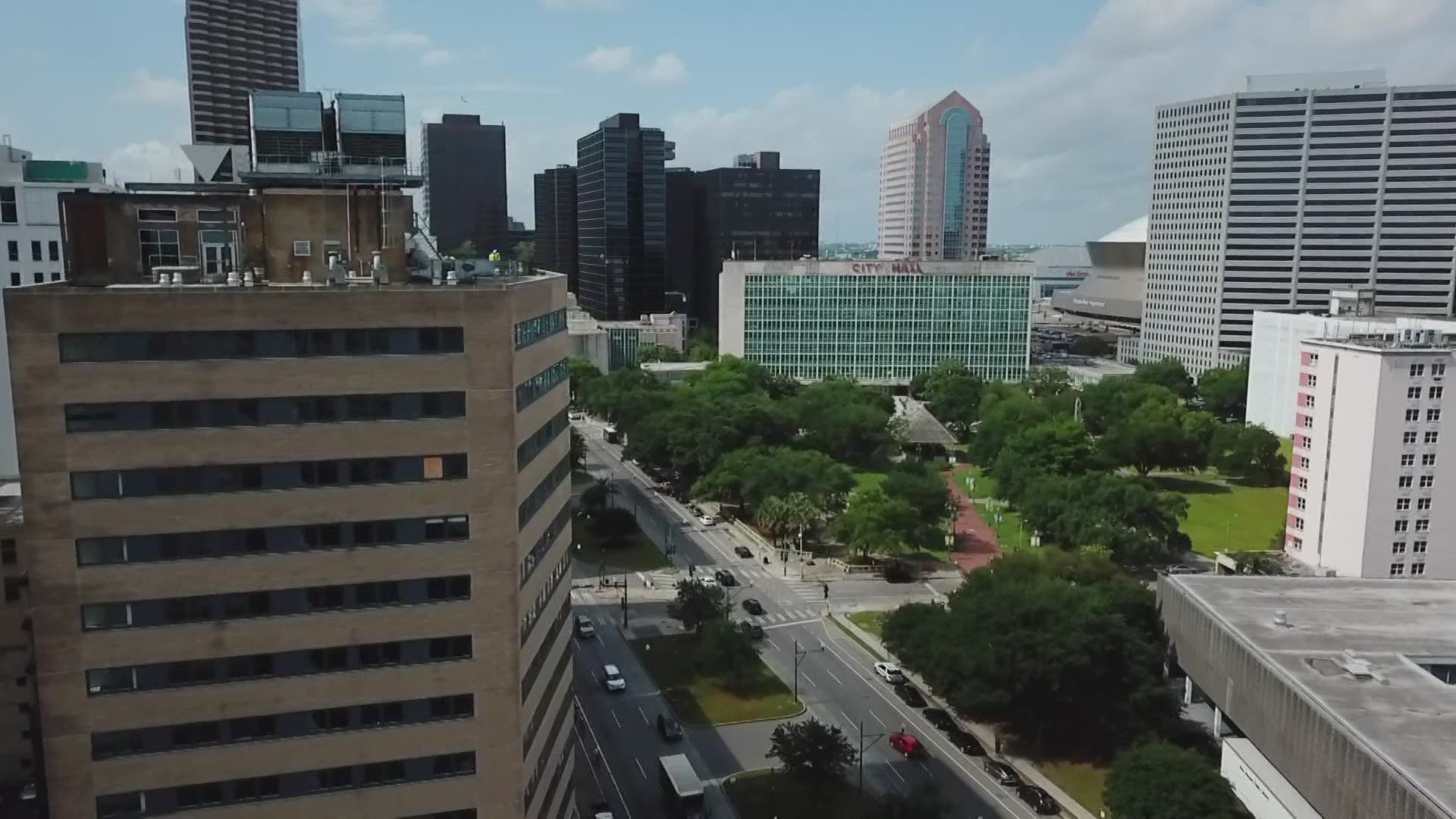NEW ORLEANS — It will take a while for investigations to determine what caused the 13-story Champlain Towers South in Surfside, Fla., to fall last week, leaving more than 160 people dead or missing.
But the early focus has been on the building's foundation. A Florida International University report from last year has gotten a lot of attention because it focused on subsidence, the shifting and sinking of land along south Florida's coastal barrier islands.
It showed that land under major roadways and the large Mt. Sinai Medical Center development were sinking faster than other parts of Miami-Dade County. And it showed a hotspot of faster subsidence under the Champlain Towers condo.
That raised concerns for Chris McLindon, the former president of the New Orleans Geological Society, who has focused for years on New Orleans' own significant subsidence problem.
Anyone who lives in the New Orleans area confronts subsidence in some way, whether it’s sinkholes, caving streets or shifting home foundations.
But surprisingly, McLindon and structural engineers who spoke to WWL-TV about the issue said the New Orleans area is actually in much better shape than coastal Florida when it comes to the stability of large buildings.
That’s because coastal Louisiana has a very firm layer of earth not far below the surface known as the Pleistocene layer, and major buildings are all built on pilings that are driven down into that firm layer of earth.
“Pleistocene” refers to the geological epoch that began about 2.58 million years ago and lasted until about 11,700 years ago.
Over the last 11,700 years, known as the Holocene epoch of human existence since the last Ice Age, river silt, mud and other soft deposits have filled in over the Pleistocene layer.
In coastal Florida, limestone and other less stable rock make up the Pleistocene, which sits about 400 feet below the surface.
But in coastal Louisiana, the Pleistocene layer is solid clay, akin to what makes up the surface soils in Washington Parish and points north. Under Lake Pontchartrain, the Pleistocene layer is less than 20 feet below the lake bottom. On the lakefront, the heavy clay sits about 50 feet below the surface. In downtown New Orleans, it’s about 70 feet down to the Pleistocene.
McLindon said that means the shifting and sinking of the mushy Holocene layer have little impact on buildings around the area that sit on pilings driven to refusal in the Pleistocene. That was on full display with the new, $1 billion airport terminal.
The building sits on pilings driven into the Pleistocene, and it’s had no structural problems. But a WWL-TV investigation in 2019 found sewer pipes under the terminal were not properly secured to the building, leaving them floating in the subsiding Holocene soils under the building, where many of them broke before the terminal even opened.
New Orleanians may also be concerned about the safety of buildings in the wake of the deadly Hard Rock Hotel collapse in 2019. But experts warn that was a completely different situation from the one in Florida.
The condo in Miami was 40 years old and appeared to collapse from the bottom-up. The Hard Rock, by contrast, was still under construction and fell from the top-down. Its steel-framed upper floors failed, allegedly because of failures in design, but its concrete foundation was not affected.
While the subsidence problem in Florida doesn’t appear to translate to large buildings in New Orleans, McLindon says there are still lessons to be learned from the tragedy in Surfside. Many of those lessons won’t come clear until the investigations into the cause of the collapse are complete. But until then, McLindon hopes a subsidence mapping project begun by the University of New Orleans and Louisiana Geological Society can get enough funding to be completed.
“One of the lessons is we need to collect more data. We need to know how the rates of subsidence are varying across the surface and then start digging in and figuring out why that is,” he said.

